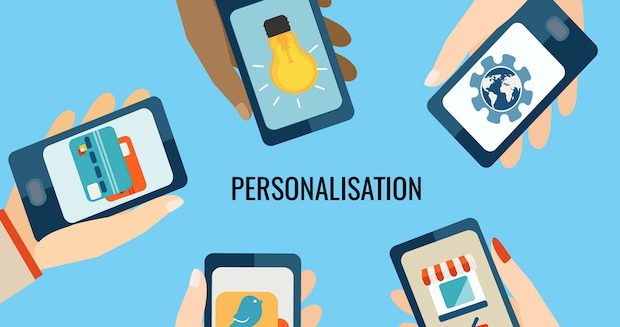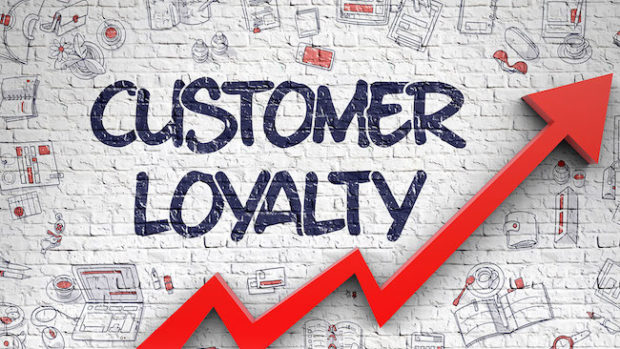New data from Wunderkind has revealed that black holes in retailers’ shopper identification capabilities are hampering personalisation efforts, and leaving revenue opportunities on the table.
Being able to identify returning visitors – after first-party and session cookies have expired – is key to delivering a frictionless, high-converting on-site shopping experience. Wunderkind conducted in-depth research of 99 UK eCommerce brands, analysing on-site shopping journeys and customer engagement across both email and text channels over a six-month period. It found that none of the retailers audited (0 per cent) showed evidence of being able to ‘remember’ the customer on a return visit.
In fact, the majority of retailers deliver disruptive repeat opt-in capture experiences, even if users had already subscribed or were returning on the same device. Additionally, the study found that 0 per cent of retailers are able to identify a repeat visitor returning to the site via a different device.
Wulfric Light-Wilkinson, General Manager at Wunderkind International, commented: “Effective cross-channel and cross-device customer identification is the starting block for successful consumer engagement. It’s only then that retailers can unlock the insight needed to join the dots in shoppers’ buying journeys and deliver the personalised, rich and relevant brand interactions shoppers now expect.”
The research also analysed to what degree retailers are tailoring subscriber emails based on visitor behaviour and interests, including previously browsed products and categories. The findings reveal only 14 per cent of retailers send emails with a significant level of personalisation – while 58 per cent, for the most part, rely on generic ‘batch and blast’ messages around sales, promotions and new season updates for the bulk of their communications.
This lack of identification highlights that 62 per cent of the retailers’ emails to shoppers aren’t personalised or linked to previous behaviours, leaving no scope to send the customer back to earlier touchpoints, like a previously viewed or frequently bought product, or an abandoned cart.
According to the findings of a separate Wunderkind study, lack of personalisation is a key cause of friction in buying journeys. In a recent survey of 2,000 UK shoppers, more than half (51 per cent) said that, in the preceding 12 months, they had experienced an increase in marketing communications that were either impersonal or irrelevant, while 70 per cent said branded communications received from retailers felt generic. This had an impact on conversion, with almost half (49 per cent) saying impersonal interactions would reduce the likelihood of them buying.
“We’ve seen the trend of consumers’ consideration phases lengthening, as cost-of-living pressures prompt shoppers to spend with caution. This means more browsing and, potentially, more fragmented shopping journeys, as consumers search out the best deals and prices. Only a small proportion of browsers make it all the way to the checkout on their first visit, meaning capturing visitor data – and finding creative, effective ways to bring shoppers back on-site – is critical to driving revenues,” Wulfric Light-Wilkinson added.








Share